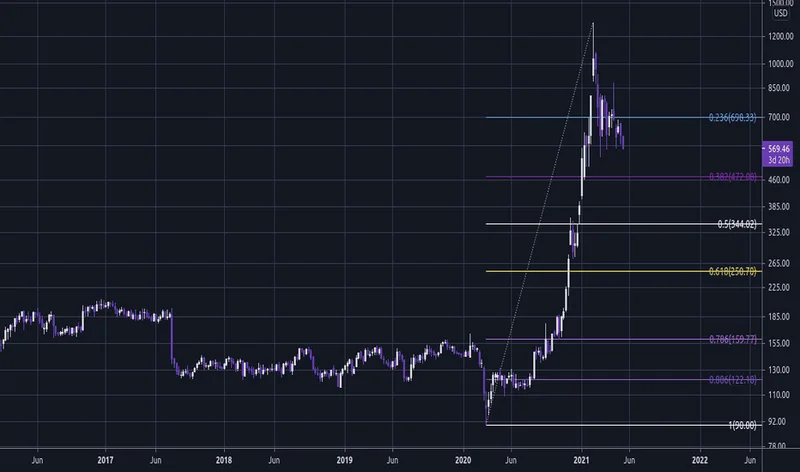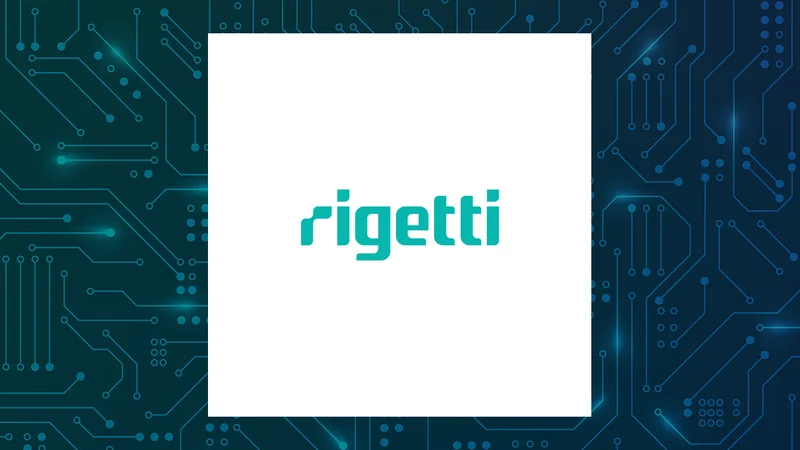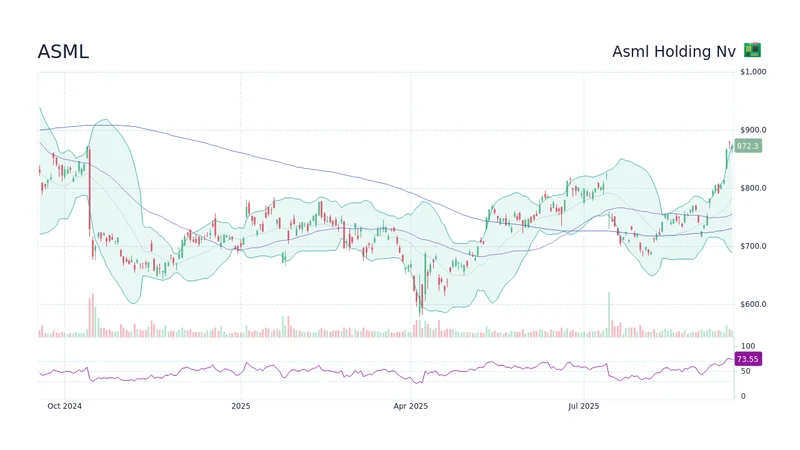The Surprising Tech of Orvis: Why Their Fly Rods, Jackets, and Dog Beds Endure
When I first saw the headlines about Orvis closing 31 of its stores, I didn't feel a pang of nostalgic sadness. I felt a jolt of electricity. I saw a heritage brand, one built on the scent of oiled leather and the heft of a perfectly balanced `orvis fly rod`, making a terrifyingly smart leap into the future. The immediate reaction from most analysts will be to file this under the tired "Retail Apocalypse" narrative. They'll see a retreat, a brand pulling back from the front lines of the American mall.
They are missing the point entirely.
This isn't a retreat. It's a recalibration. It’s the shedding of an old skin. What we're witnessing isn't the slow death of a 169-year-old company; it's the birth of a leaner, faster, and infinitely more intelligent version of itself. Orvis isn't just closing doors; it's closing the gap between the products we buy and the lives we actually live. This is the painful, necessary, and beautiful first step toward a world of hyper-personalized retail, and we are watching it happen in real time.
The End of the Retail Temple
For decades, the physical store has been a kind of temple. You’d walk into an `orvis store`, maybe the one at the Plymouth Meeting Mall (Orvis to close at the Plymouth Meeting Mall - MoreThanTheCurve), and be enveloped in an idea. The dark wood, the neatly folded `orvis shirts`, the rugged `orvis jacket` hanging just so—it was all designed to transport you to a babbling brook in Vermont, even if you were just there to buy an `orvis dog bed`. The store was the primary interface between you and the brand. It was a static, one-size-fits-all experience.
But that model is an artifact of a bygone era. It’s an analog solution in a digital world. In his statement, Orvis President Simon Perkins talked about "concentrating on a more focused retail store portfolio." This is corporate-speak, of course, but let's translate it. They're moving to a more efficient data-driven model—in simpler terms, they're jettisoning the immense dead weight of expensive leases and underperforming physical locations to pour resources into the channels that actually matter now.

This is the kind of brutal but necessary pivot that reminds me why I got into this field in the first place. It's a strategic choice to trade physical ubiquity for digital omnipresence. The old model was like a network of lighthouses: massive, expensive to maintain, and only useful if you happened to be sailing nearby. The new model is like GPS—it's everywhere, it's personalized, and it's with you exactly when you need it. What does a brand built on the tactile, analog feel of `orvis fly fishing` become when its primary connection to you is through a screen? Can that cherished authenticity survive the algorithm? I believe it not only can, but that it will be amplified.
From Bricks to an Intelligent Brand Interface
Imagine this for a moment. Instead of you going to Orvis, Orvis comes to you. Not with junk mail, but with genuine utility. Your phone knows you’ve booked a trip to Montana. It analyzes the weather patterns and river conditions for your dates and cross-references them with your past purchases. A week before you leave, a notification pops up: "The Yellowstone is running high and fast. The `orvis clearwater` rod you own is good, but for these conditions, we recommend this specific line. Also, your `orvis waders` from three years ago might not be warm enough. Here's a newer model, and because you're a loyal customer, here's a 20% discount."
This isn't science fiction. This is the promise of hyper-personalization. This is the future that Orvis is clearing the decks to build. The data they can collect from their online interactions, from their "valued dealer network," and from a smaller, more focused set of flagship stores will be infinitely more valuable than the scattered foot traffic of 31 disparate mall locations. The speed at which this data can be analyzed and turned into a personalized experience is just staggering—it means the gap between a customer's need and the company's solution is closing faster than we can even comprehend.
Now, we have to be clear-eyed about the human cost. This transition means jobs lost and communities impacted, and that is a real and painful part of this technological evolution. It's a moment of profound dislocation, not unlike the blacksmiths who watched the first automobiles roll down their cobblestone streets. But the shift itself is inevitable. The `orvis company` isn't just a place that sells an `orvis sweater` or `orvis pants` anymore; it's becoming a service. A partner in your outdoor pursuits. The product isn't just the gear; it's the entire integrated experience. The question is no longer "where is an `orvis near me`?" but "how is Orvis with me right now?"
The Store Isn't Closing, It's Becoming Invisible and Everywhere
Let's be perfectly clear. This isn't a story about failure. This is a story about foresight. Orvis is trading expensive, inefficient physical square footage for an infinitely scalable digital footprint. They are exchanging the passive hope of a customer walking through the door for the active, data-driven certainty of knowing what that customer needs before they do. The brand isn't shrinking. It’s evolving into a new state of matter—diffuse, intelligent, and woven directly into the fabric of its customers' lives. The Orvis of tomorrow isn't a place you visit; it's a utility that empowers you. And that, to me, is a vision worth getting excited about.
Related Articles
Applied Digital's Earnings Report: What to Expect and What It Signals for the Future of AI
Yesterday, for a few dizzying minutes after the market closed, it looked like the story might be a s...
MicroStrategy (MSTR) Stock: Analyzing the Bitcoin Correlation and Its Price Action
The recent price action in Strategy’s stock (MSTR) presents a fascinating case study in market perce...
RGTI Stock: A Comparative Analysis vs. IONQ and NVDA
The market action surrounding Rigetti Computing (RGTI) in 2025 presents a fascinating case study in...
Dow Dives 797 Points: Rate Cut Bets vs. Government Opens
Generated Title: Dow's Wild Ride: Shutdown Ends, But Is the Market Really "Fixed?" The Dow Jones Ind...
The ASML Stock Frenzy: Why Everyone's Suddenly Obsessed and What They're Not Telling You
Let's get one thing straight. Every time I see a headline about ASML’s stock climbing another few pe...
GOOGL Stock Sinking: Price Analysis and Potential Causes
Shares of Alphabet (GOOGL) took a hit recently as the tech giant responded to the European Union’s $...





